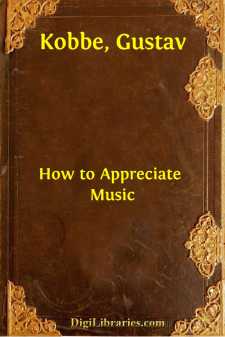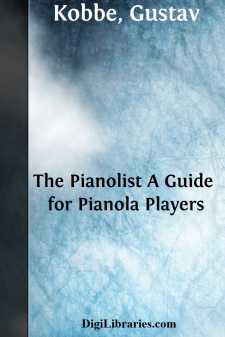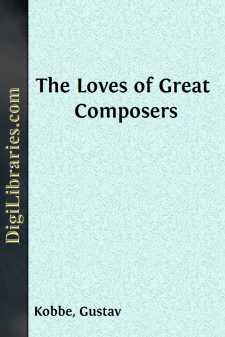Categories
- Antiques & Collectibles 13
- Architecture 36
- Art 48
- Bibles 22
- Biography & Autobiography 816
- Body, Mind & Spirit 145
- Business & Economics 28
- Children's Books 17
- Children's Fiction 14
- Computers 4
- Cooking 94
- Crafts & Hobbies 4
- Drama 346
- Education 58
- Family & Relationships 59
- Fiction 11834
- Foreign Language Study 3
- Games 19
- Gardening 17
- Health & Fitness 34
- History 1378
- House & Home 1
- Humor 147
- Juvenile Fiction 1873
- Juvenile Nonfiction 202
- Language Arts & Disciplines 89
- Law 16
- Literary Collections 686
- Literary Criticism 179
- Mathematics 13
- Medical 41
- Music 40
- Nature 179
- Non-Classifiable 1768
- Performing Arts 7
- Periodicals 1453
- Philosophy 66
- Photography 2
- Poetry 897
- Political Science 203
- Psychology 45
- Reference 154
- Religion 516
- Science 126
- Self-Help 85
- Social Science 82
- Sports & Recreation 34
- Study Aids 3
- Technology & Engineering 59
- Transportation 23
- Travel 463
- True Crime 29
Our website is made possible by displaying online advertisements to our visitors.
Please consider supporting us by disabling your ad blocker.
How to Appreciate Music
by: Gustav Kobbe
Description:
Excerpt
THE PIANOFORTE
There must be practically on the part of every one who attends a pianoforte recital some degree of curiosity regarding the instrument itself. Therefore, it seems to me pertinent to institute at the very outset an inquiry into what the pianoforte is and how it became what it isâthe most practical, most expressive and most universal of musical instruments, the instrument of the concert hall and of the intimate home circle. Knowledge of such things surely will enhance the enjoyment of a pianoforte recitalâshould be, in fact, a prerequisite to it.
The pianoforte is the most used and, for that very reason, perhaps, the most abused of musical instruments. Even its real name generally is denied it. Most people call it a piano, although piano is a musical term denoting a degree of sound, soft, gentle, lowâthe opposite of forte, which means strong and loud. The combination of the two terms in one word, pianoforte, signifies that the instrument is capable of being played both softly and loudlyâboth piano and forte. It was this capacity that distinguished it from its immediate precursors, the old-time harpsichords and clavichords. One of the first requirements in learning how to understand music is to learn to call things musical by their right names. To speak of a pianoforte as a piano is one of our unjustifiable modern shortcuts of speech, a characteristic specimen of linguistic laziness and evidence of utter ignorance concerning the origin and character of the instrument.
If I were asked to express in a single phrase the importance of this instrument in the musical life of to-day I would say that the pianoforte is the orchestra of the home. Indeed, the title of the familiar song âWhat Is Home Without a Mother?â might, without any undue stretch of imagination, be changed to âWhat Is Home Without a Pianoforte?ââalthough, if you are working hard at your music and practicing scales and finger exercises several hours a day, it might be wiser not to ask your neighborâs opinion on this point.
The King of Instruments.
âIn households where there is no pianoforte we seem to breathe a foreign atmosphere,â says Oscar Bie, in his history of the instrument and its players; and he adds with perfect truth that it has become an essential part of our life, giving its form to our whole musical culture and stamping its characteristics upon our whole conception of music. Surely out of every ten musical persons, layman or professional, at least nine almost invariably have received their first introduction to music through the pianoforte and have derived the greater part of their musical knowledge from it. Even composers like Wagner and Meyerbeer, whose work is wholly associated with opera, had their first lessons in music on the pianoforte, and Meyerbeer achieved brilliant triumphs as a concert pianist before he turned his attention to the operatic stage.
Of all musical instruments the pianoforte is the most intimate and at the same time the most publicââthe favorite of the lonely mourner and of the solitary soul whose joy seeks expressionâ and the tie that unites the circle of family and friends....






